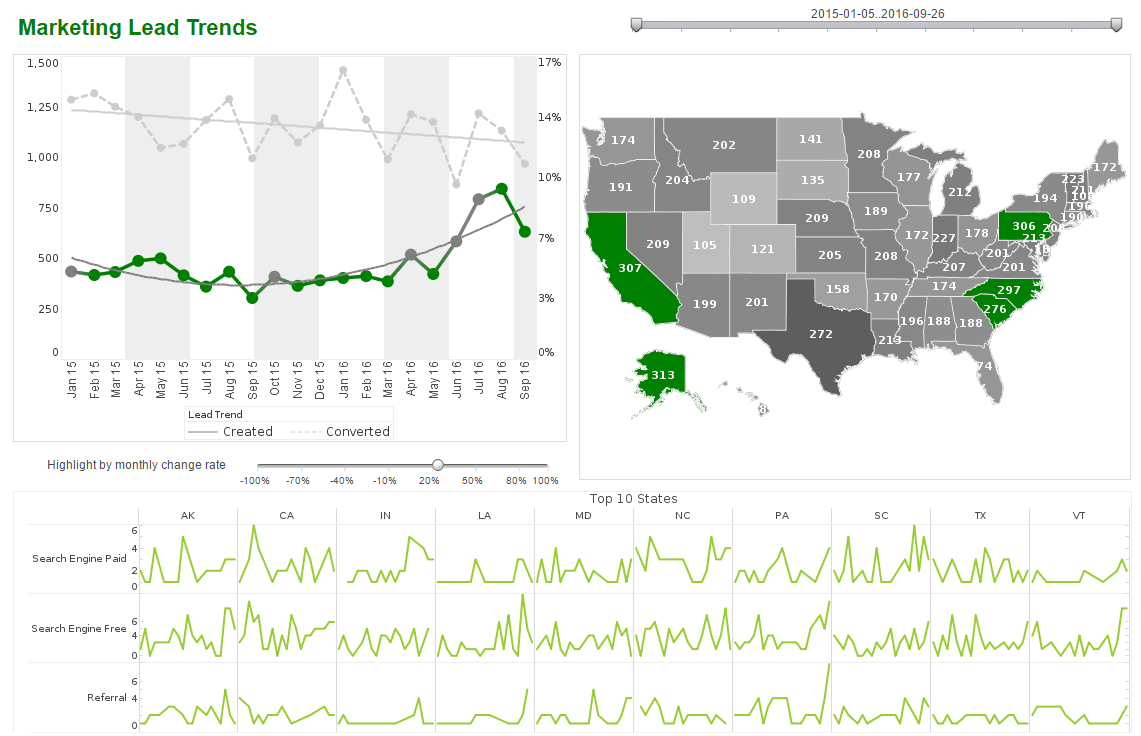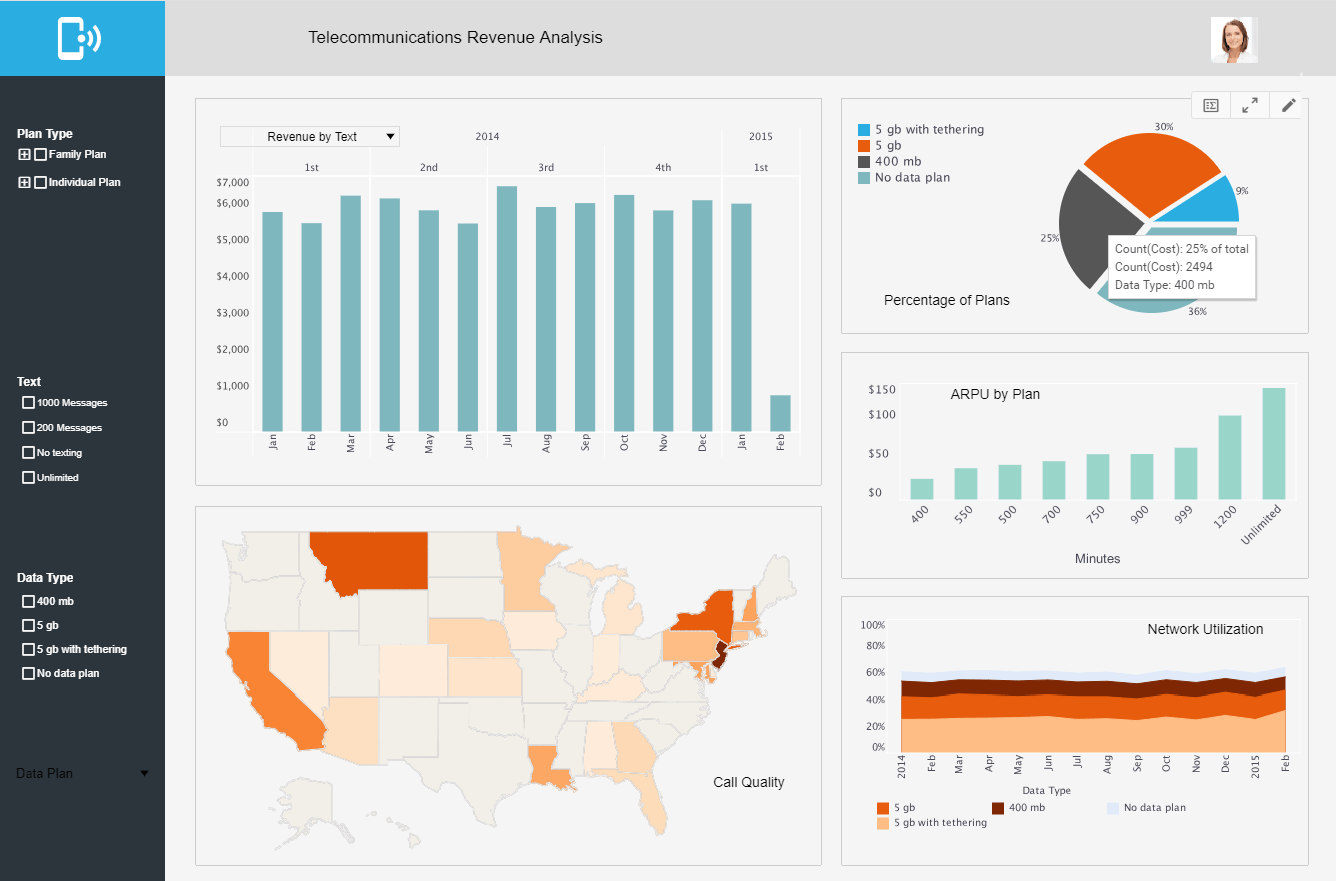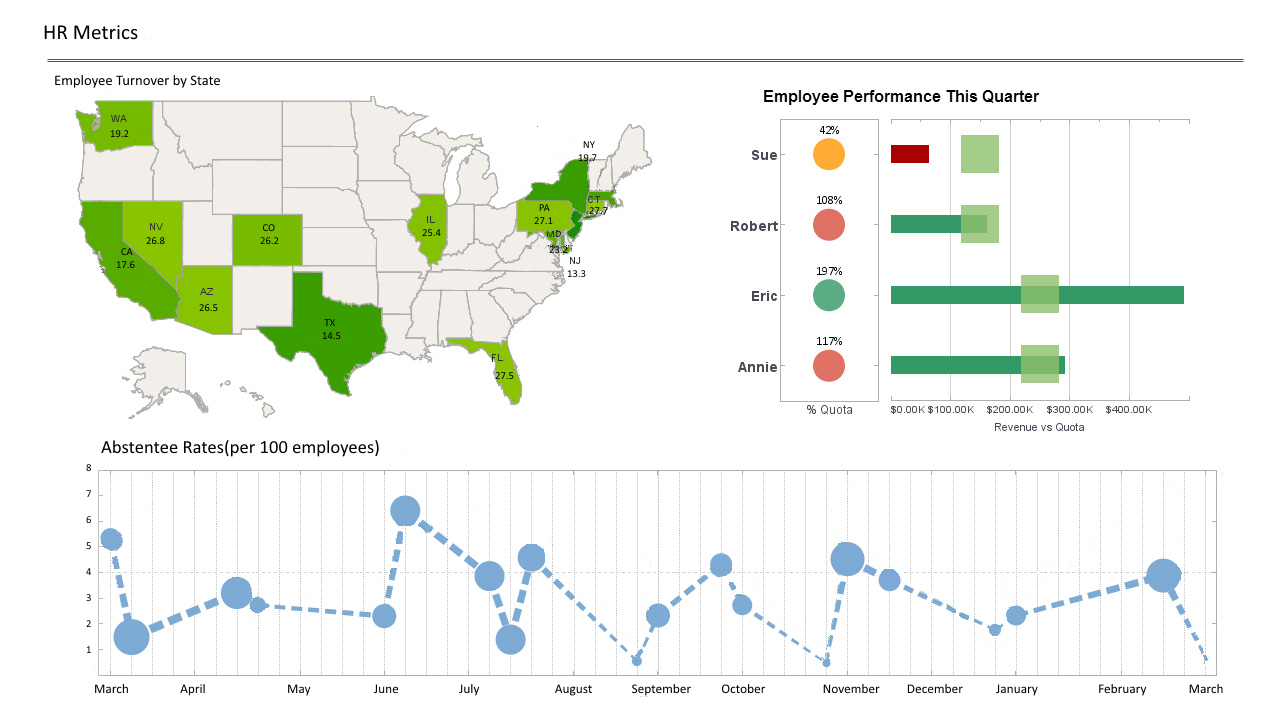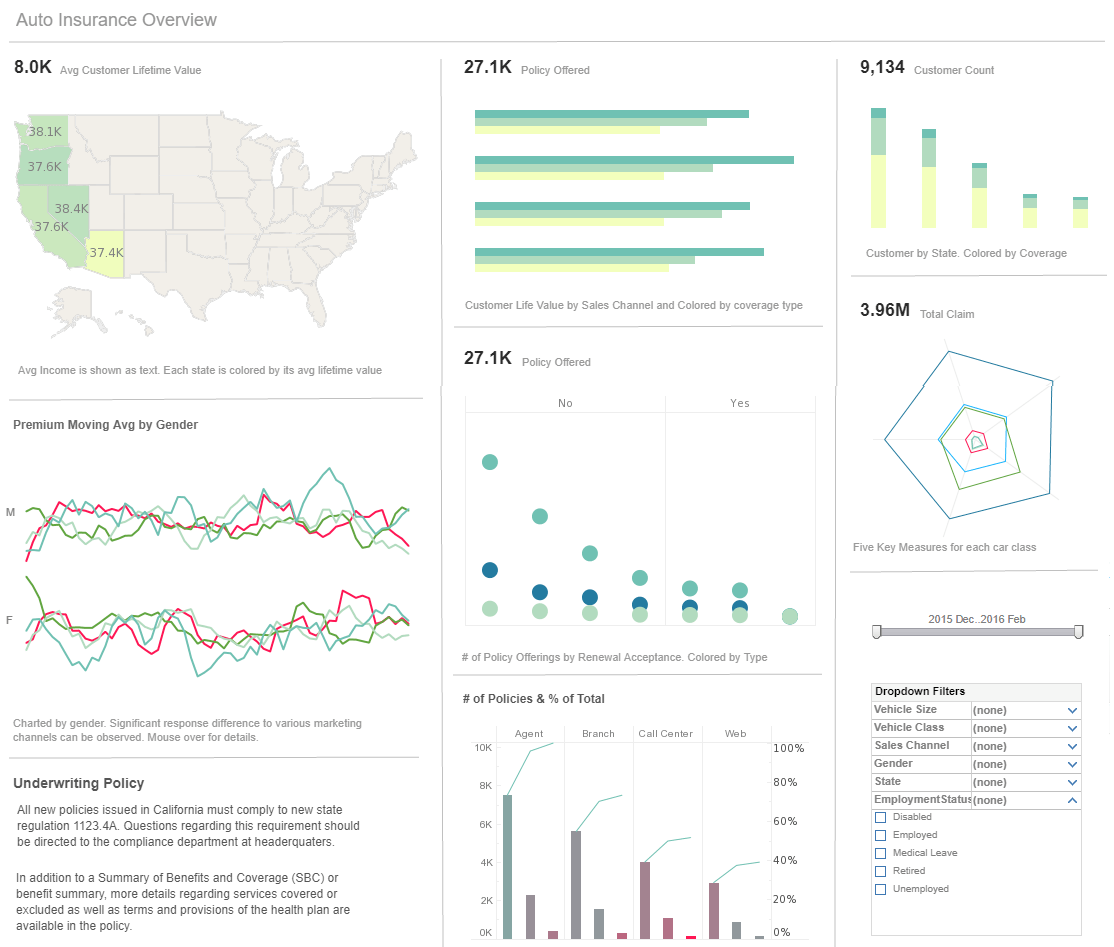Who Uses Interactive Map Visualizations?
Interactive map visualizations are used by a wide range of individuals and organizations across various industries. Here are some examples of who uses interactive map visualizations:
1. Researchers and scientists: Interactive maps are used by researchers and scientists to visualize data and explore spatial patterns. They can analyze geographic information, conduct spatial analysis, and present their findings using interactive maps.
2. Government agencies: Government agencies at local, regional, and national levels utilize interactive map visualizations for urban planning, transportation management, disaster response, environmental monitoring, and public health analysis. These maps help them make informed decisions and communicate information to the public.
3. Non-profit organizations: Non-profit organizations working on social and environmental issues often employ interactive maps to display data related to their causes. They can use maps to highlight areas of need, track progress, and engage with their supporters.


4. Businesses and marketers: Businesses use interactive maps for market research, site selection, and customer analysis. They can visualize sales data, customer demographics, and other business-related information to identify target markets and make strategic decisions.
5. Travel and tourism industry: Travel agencies, tourism boards, and hospitality companies make use of interactive maps to showcase destinations, attractions, and services. Interactive maps can provide information about hotels, restaurants, landmarks, and transportation options, helping travelers plan their trips.
6. Real estate professionals: Real estate agents and property developers use interactive maps to display available properties, show property boundaries, and provide information about amenities and nearby facilities. These maps can aid in property search, valuation, and investment decisions.






